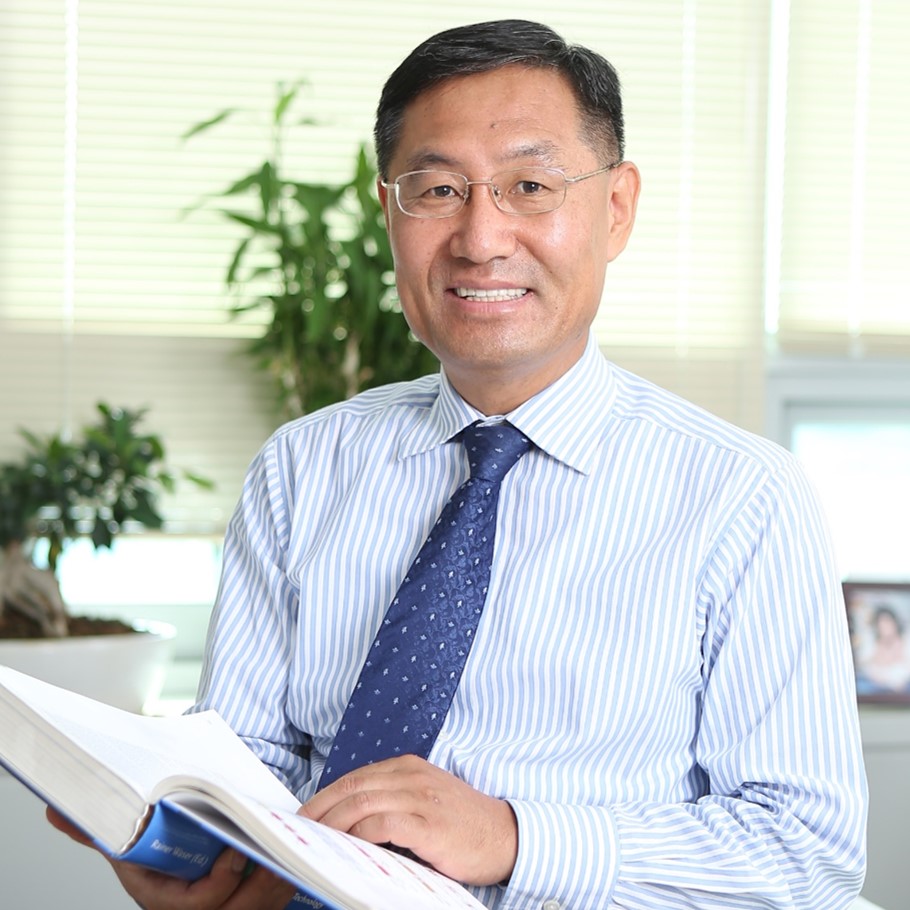Yang-Kook Sun
Prof. Yang-Kook Sun has been recognized as a world authority in the field of secondary battery materials through continuous research in both academia and industry over the past 28 years. His research interests are the synthesis of new battery materials for lithium-ion batteries, Na-ion batteries, Li–S batteries, and all-solid-state batteries. To date, he has achieved significant research outcomes with 733 SCI-grade papers (H-index: 161, 100,803 total citations as of August 9, 2024, according to Google Scholar), 286 domestic patents, and 265 international patents filed/registered.
He continuously researched cathode materials which can be directly incorporated into existing manufacturing lines for commercialization. To realize this goal, he developed unique materials with various structures based on his experience. Firstly, he developed the cathode materials with a core-shell (CS) structure for the first time in the world that consists of a high nickel composition core material for large capacity and a high manganese composition shell material for excellent cycle life and thermal stability. Building on this, he has developed three different types of concentration-gradient-type cathodes (the core-shell gradient (CSG), full concentration gradient (FCG), and two-sloped full concentration gradients (TSFCG) cathodes). These developed concentration gradient cathode materials can maximize the structural advantages of each design simultaneously, thereby achieving both high capacity and long cycle life as compared to conventional cathode materials. In addition, he also developed innovative cathode materials called rod-shaped cathodes, which have a microstructure composed of radially oriented rod-shaped primary particles. Unlike conventional cathode materials that consist of randomly oriented equiaxed primary particles, the developed cathode materials consist of nano-sized rods that easily alleviate the internal stress to directly counter microcracking and electrolyte penetration into particle interior, which have been cited as the main degradation pathway of high nickel cathode materials. Consequently, the concentration gradient cathode and rod-shaped cathode materials are considered the best classes of materials for next-generation electric vehicle applications.
He has established a comprehensive research infrastructure for secondary battery, from the synthesis of materials to the fabrication and evaluation of different type of cells with various energy density, as well as advanced analysis, allowing for in-depth and systematic research on the development of the battery materials. Based on this, he has published numerous research papers through collaboration with outstanding international research institutions. Moreover, he maintains close network with global battery companies and automotive manufacturers, conducting high-level international collaboration research and R&D projects.
For eight consecutive years (2016-2023), he has been selected as one of the top 1% of global researchers (HCR). He has received numerous awards, including the Woongbi Medal for Contributions to Scientific and Technological Development and Korea’s Top Scientist and Technologist Award. Currently, he serves as a senior editor for the prestigious international academic journal ACS Energy Letters (IF: 22.0) and has been invited as a keynote speaker and executive committee member to numerous international conferences on secondary batteries, demonstrating scholarly expertise and enhancing the reputation of the scientific community.


